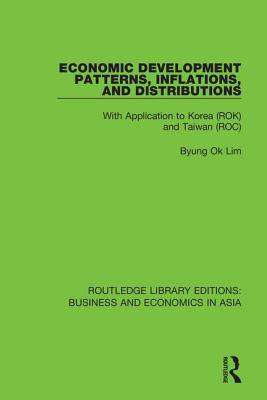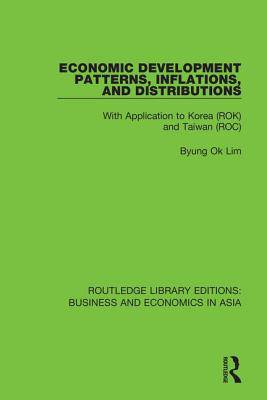
- Afhalen na 1 uur in een winkel met voorraad
- Gratis thuislevering in België
- Ruim aanbod met 7 miljoen producten
- Afhalen na 1 uur in een winkel met voorraad
- Gratis thuislevering in België
- Ruim aanbod met 7 miljoen producten
Economic Development Patterns, Inflations, and Distributions
With Application to Korea (Rok) and Taiwan (Roc)
Byung Ok LimOmschrijving
The focal point of this study, first published in 1991, is to investigate the effect of growth patterns on inflation and the distribution of income through inductive examination of the particular experiences in Korea and Taiwan. Both countries are regarded as models of successful industrialization, but contrast significantly in the matter of their development strategy yielding a more equitable distribution of income, along with a moderate inflation from the benefits of economic growth. Korea experienced considerable rates of inflation and a worsening of the distribution of income, while Taiwan avoided both economic evils. This book analyses how Taiwan's economy managed to reconcile growth with inflation and distribution and why Korea could not achieve similar performance.
Specificaties
Betrokkenen
- Auteur(s):
- Uitgeverij:
Inhoud
- Aantal bladzijden:
- 252
- Taal:
- Engels
- Reeks:
- Reeksnummer:
- nr. 10
Eigenschappen
- Productcode (EAN):
- 9781138369559
- Verschijningsdatum:
- 5/11/2018
- Uitvoering:
- Hardcover
- Formaat:
- Genaaid
- Afmetingen:
- 156 mm x 233 mm
- Gewicht:
- 452 g

Alleen bij Standaard Boekhandel
Beoordelingen
We publiceren alleen reviews die voldoen aan de voorwaarden voor reviews. Bekijk onze voorwaarden voor reviews.












